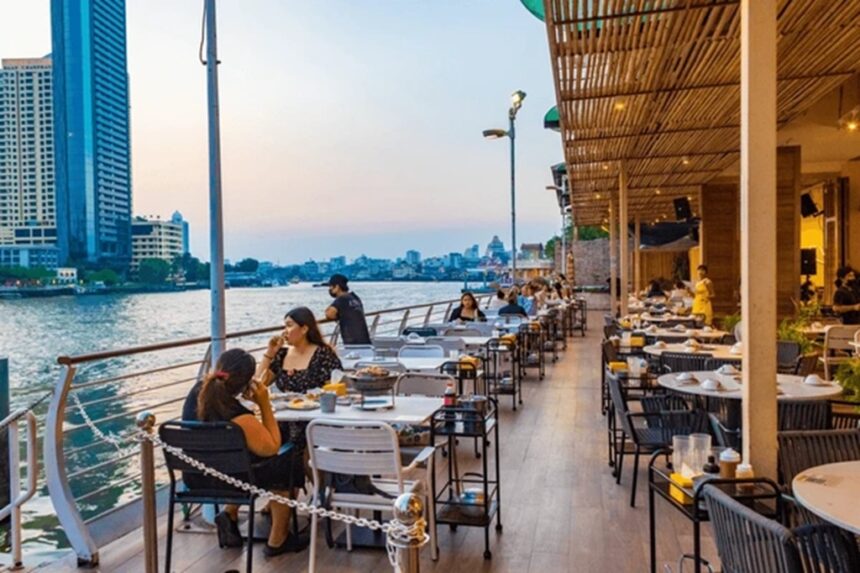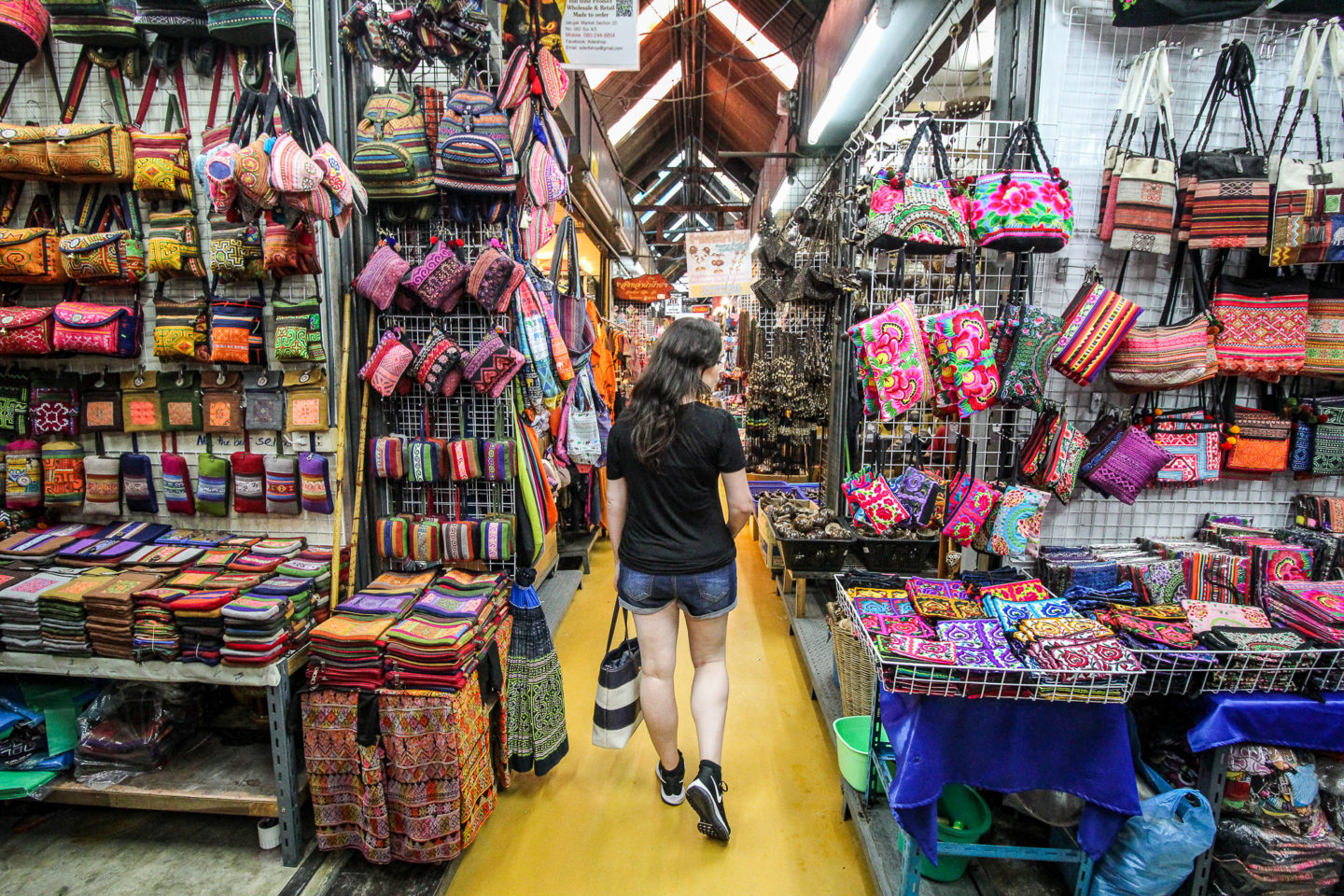CHIANG RAI – Thailand is experiencing a drop in visitor numbers, affecting both tourism and restaurants across the country. Once busy hotspots like Phuket’s beaches and the lively streets of Bangkok now seem much quieter. Between 1 January and 18 May 2025, international arrivals fell by 1.75% compared to the same time last year, totalling just 13.4 million visitors.
The sharpest fall comes from China, once Thailand’s biggest source of tourists. This downturn is causing hotels to lower their prices and restaurants to look for more local customers. According to the Kasikorn Research Centre (K-Research), the path ahead for Thailand’s tourism-reliant economy could be tough.
China used to send the most tourists to Thailand, making up almost a third of all international travellers before the pandemic. In 2019, 11 million Chinese tourists visited, helping the country earn 1.91 trillion baht in tourism revenue. But things have changed quickly. K-Research expects Chinese arrivals to drop nearly 30% in 2025, with forecasts showing only 5.1 million visitors compared to 6.7 million in 2024.
This fall comes from ongoing economic concerns in China, made worse by higher US tariffs, and safety worries after incidents near the Thai-Myanmar border and a construction accident in Bangkok following the March 2025 earthquake.
Many Chinese travellers are now choosing to stay within China or visit places like Japan and South Korea, which are seen as safer and more affordable. Kasem Prunratanamala from CGS International Securities points out that the number of flights between China and Thailand has dropped by 25% year-on-year, while flights to Japan and South Korea jumped by 43% and 28%.
Social media posts in China, Hong Kong, and Taiwan have increased fears over scams and human trafficking, keeping some people away. There have been no confirmed cases of tourist kidnappings, but the fear alone has been enough to change travel plans.
Economic Recovery Remains Unsteady
Tourism makes up about 18% of Thailand’s GDP, with some estimates suggesting related activities contribute up to 30%. The National Economic and Social Development Council (NESDC) has lowered its forecast for international arrivals in 2025 from 38 million to 37 million, showing a careful approach to the future. K-Research thinks arrivals could fall further to 34.5 million, with tourism income expected to drop 3% to 1.62 trillion baht.
This comes at a time when the global economy is slowing, with Bloomberg predicting 2.8% growth in 2025, down from 3.2% in 2024.
The weaker Thai baht would usually attract budget-conscious travellers, but it has not helped much because of global economic uncertainty and price issues at home. Tassapon Bijleveld of Asia Aviation points out that the effects of economic uncertainty and US tariffs are spreading across Thailand’s economy.
With manufacturing and export numbers dropping, the Federation of Thai Industries (FTI) warns that continued drops in tourism could harm the wider economy. The government is looking to attract high-spending visitors and branch out into new markets like Bhutan and smaller Chinese cities, but these plans will take time to show results.
Hotels Cut Prices to Survive
Hotels in Thailand are struggling with fewer guests and lower profits. The second quarter, which is usually a slower period, has been especially hard, with KGI Securities reporting fewer bookings after the Songkran festival. Occupancy rates, once at 73.4% in 2015, have not bounced back to pre-pandemic levels.
In Phuket, the Patong Entertainment Business Association (PEBA) says that revenue for bars and restaurants has dropped from 90,000 baht to just 40,000 baht per day, a trend still visible in 2025.
To make up for the shortfall, hotels are slashing rates to attract domestic travellers. Campaigns like “We Travel Together”, which covers some travel costs, have helped boost local demand a bit, but not enough to make up for lost foreign guests.
In Chiang Rai, boutique hotels are running special offers, with some giving up to 50% off room prices for Thai residents. Somchai Rattanaporn, who manages a mid-range hotel in Chiang Mai, says domestic tourists are helping, but they don’t spend as much as Chinese or Western visitors.
Thailand’s restaurants, an important part of the tourism experience, are also having a hard time. In Bangkok’s Pracha Rat Bamphen Road, often called the second Chinatown, the usual crowds of Chinese tourists have disappeared, leaving many restaurants quieter than before. According to PEBA, bars and eateries that once made 1.5 million baht per day in peak season now bring in only about 540,000 baht.
Weerawit Kuresombat from PEBA points out that Chinese tour groups often follow set schedules and rarely eat at independent restaurants, so with fewer groups, total spending drops sharply.
In Chiang Rai, places known for local dishes like khao soi and sai ua are seeing fewer visitors from abroad. Many have started offering deals and set menus to attract local customers, but profits stay low. Nongyao Srisuk, who owns a well-known restaurant near the White Temple, says they used to welcome several busloads of Chinese tourists daily, but now are lucky to fill half the tables, even with special offers.
Rising inflation makes things worse. Ingredient prices keep climbing, but customers resist higher menu prices. A papaya shake that once sold for 50 baht now costs 150 baht, which upsets both locals and the few tourists still around.
Thailand Tries New Tourism Approaches
The Thai government and the Tourism Authority of Thailand (TAT) are working quickly to respond. The new Thailand Digital Arrival Card (TDAC), launched in May 2025, hopes to make entry quicker, replacing the old TM6 paper form. Visa-free travel options have expanded, and the TAT now works with platforms like Trip.com to reach more markets using digital marketing.
Natthriya Thaweevong from the Tourism and Sports Ministry says there is a focus on tourists from Europe, who tend to spend more per visit. Bookings from countries like Sweden, Saudi Arabia, and the UK are up by 10% in the second quarter of 2025.
Other destinations, including Japan, South Korea, and Vietnam, are offering strong promotions to win over international travellers. The TAT is also encouraging hotels and restaurants to take up eco-friendly practices under the Bio-Circular-Green (BCG) model, hoping to appeal to younger, environmentally aware visitors. But these changes take time, and the immediate outlook remains difficult.
Thailand’s tourism and restaurant sectors are facing real challenges. The drop in Chinese visitors, along with global economic troubles, has shown how much these industries depend on international travel. Many hotels and restaurants are adapting by dropping prices and focusing on domestic visitors, but recovery will be slow. K-Research says structural changes and a broader customer base are needed to steady the sector.
Despite these issues, Thailand’s character and cultural draw remain strong. From Chiang Rai’s hills to the busy markets of Bangkok, the country still attracts visitors. The key challenge now is for Thailand to adjust its tourism approach, rebuild confidence, and reclaim its spot as a top global destination.
Sources: Kasikorn Research Centre (K-Research)

















